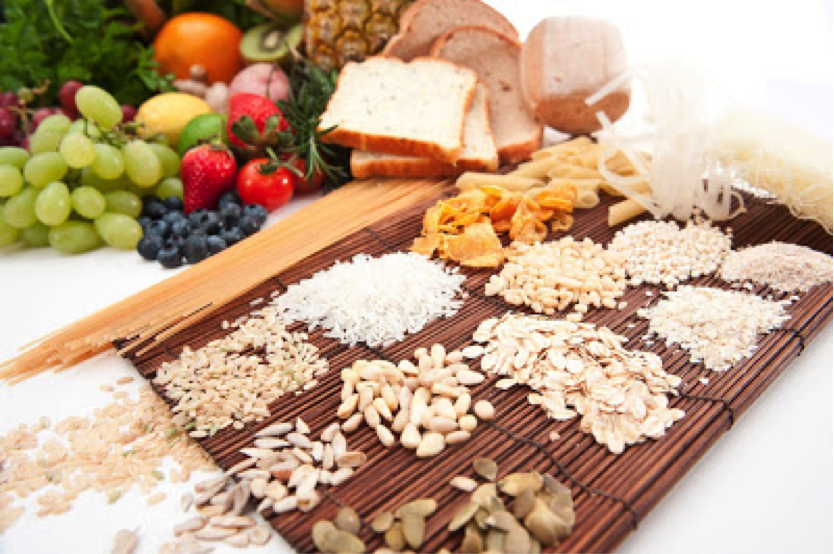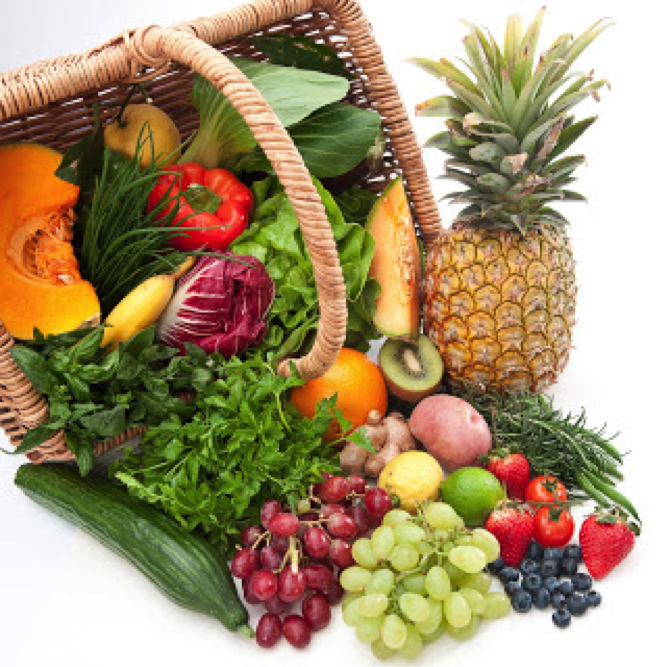The low FODMAP diet and diabetes management

Dr Jane Varney - Research Dietitian, 08 May 2015
Although unrelated in their aetiology, diabetes and IBS have
two things in common.
Firstly, both are highly prevalent in the population, for
instance, diabetes affects around 4% of Australians and IBS affects around 15%.
Indeed, a crude estimate suggests that around 150,000 Australians are affected
by both conditions and many more people with IBS are likely to either have
undiagnosed diabetes or be at high risk of developing it.
Secondly,
diet plays a key role in the management of both conditions.
So, how do you
adapt your low FODMAP diet to suit diabetes management, or vice versa?
Let’s start with the carbohydrate foods (breads, cereals,
fruit, vegetables, pulses and dairy). People with IBS are familiar with
modifying their carbohydrate intake because FODMAPs are found exclusively in
carbohydrate foods.
In people with diabetes, carbohydrates are important
too, because they’re broken down to glucose in your blood stream, therefore
affecting your blood glucose level.
But all carbohydrate foods are not equal. They differ in:
- Fibre content;
- Whole grain content
- Inclusion of other
ingredients like fat, salt and sugar;
- The rate at which they’re
broken down to glucose in your blood stream (you may have heard about the
glycaemic index)
- FODMAP content
Needless to say, this is a lot to weigh up as you cruise the
supermarket aisles doing your weekly shop.
Here are our hot tips on choosing
the best low FODMAP carbohydrate foods, especially if you have diabetes.
Fruit: All low FODMAP fruits are healthy and fine for
diabetes management. The main points to remember are to:
- Include 2 serves
of low FODMAP fruit each day (most Australians get in only half this amount).
One serve is around 150g fruit (e.g. 1 medium orange or banana, ~10
strawberries, 1 cup of grapes or 2 small kiwifruit);
- Limit fruit juice and dried
fruit, most of which are high FODMAP anyway. Fruit juice is high in kilojoules,
low in fibre and acidic, causing damage to your teeth, while dried fruit is
high in kilojoules and sticky on your teeth, causing tooth decay.
- Buy fruit in season as it
is cheaper.
- Include a range of colours and varieties to ensure you get a
good mix of vitamins and minerals.
Vegetables: All low FODMAP vegies are fine for
people with diabetes. They’re healthy and naturally low in
kilojoules, high in fibre, and packed full of vitamins, minerals and antioxidants.
The main points to remember are to:
- Include 5 serves of low FODMAP vegies per day
(most Australians get less than half this amount!). One serve is around 75g of
cooked vegetables (e.g. ½ cup cooked carrot, corn or zucchini); 1 cup of salad
vegetables (e.g. lettuce) or ½ a medium starchy vegetables (e.g. potato, taro
or sweet potato). Hot chips don’t count!
- Go easy on the starchy
vegetables such as potato as they contain more kilojoules and have a greater
effect on blood glucose levels.
Breads and cereals: Some low FODMAP breads and cereals are
better than others. Best choices are higher fibre, whole grain varieties. Main
points to remember:
- Include 4-6 serves of low
FODMAP bread and cereal foods each day (have a look at our app to see what we mean by one serve)
- Look for the words whole
grain or wholemeal on the packaging. Whole grain foods are healthier because
they are higher in fibre, vitamins, minerals and antioxidants whereas much of
this goodness is lost through processing in refined grains (e.g. bread made
from gluten free white flour)
- Healthy, low FODMAP, higher
fibre, whole grain foods include brown rice, basmati rice, polenta, spelt
sourdough bread, wheat and fruit free muesli, oats, porridge, quinoa flakes,
buckwheat kernals, rice cakes, oat bran and rice bran.
Dairy or alternatives: Low fat varieties are best and if you
are lactose intolerant, use lactose free varieties. Main points to remember:
- Include 2-3 serves of low
fat dairy per day (1 cup low fat milk, 200g low fat yoghurt and 40g reduced fat
cheese)
- If you are lactose
intolerant, use low fat, lactose free, milk and yoghurt (Liddell’s, Zymil) as
well as small quantities reduced fat cottage, cream or ricotta cheese.
Legumes: As healthy as legumes are (e.g. cannellini beans,
lentils, split peas and borlotti beans), they are also high in FODMAPs.
Fortunately, there are lower FODMAP varieties such as canned chickpeas (1/4
cup) and canned lentils (1/2 cup). Best tip is to include low FODMAP legumes,
on most days, in small quantities. Add them to soups, salads and casseroles!


